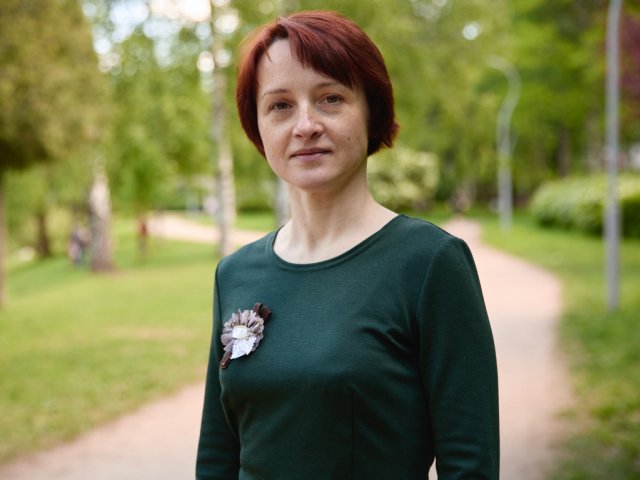Cavalry troopers and milkmaids fell ill with smallpox less often. This fact was noticed in the late 18th century. People knew that cowpox posed no hazard to human organism – small traces of blisters remained, while the risk of catching the disease again would reduce to minimum. English physician Edward Jenner also noticed it and proved that inoculating people with cowpox is efficient and safe – on May 14, 1796 he vaccinated against smallpox 8-year-old boy James Phipps.
He took the contents of several pustules that appeared on the hands of peasant woman Sarah Nelmes and rubbed it into a scratch on the boy’s arm. The boy felt fever and some uneasiness, but fully recovered in several days. When the boy was inoculated with smallpox virus 1.5 months later, no disease followed. Subsequent inoculations – made several months and years later – also produced negative effect.
People are grateful to Edward Jenner for his efforts which allowed for defeating the disease that would take 10-20 lives of each 100 ones, while 15% patient who managed to survived would bear ugly traces on the face for life. The physician made his experiment in 1796 having fallen 22 years behind farmer Benjamin Jesty and 5 years behind German teacher Peter Plett who had vaccinated their families before.
However, it was Jenner who proved that vaccination with cowpox virus can solve the problem. He declared the results of his studies two years after the experiment. However, the Royal Society of London doubted his discovery in 1798 and refused to publish the physician’s paper. The doctor had to print brochure An Inquiry into the Causes and Effect of Cowpox at his own expense.
“The deviation of man from the state in which he was originally placed by nature seems to have proved to him a prolific source of diseases. From the love of splendor, from the indulgences of luxury, and from his fondness for amusement he has familiarized himself with a great number of animals, which may not originally have been intended for his associates… The cow, the hog, the sheep, and the horse, are all, for a variety of purposes, brought under his care and dominion… May it not then be reasonably conjectured that the source of the smallpox is morbid matter of a peculiar kind, generated by a disease in the horse, and that accidental circumstances may have again and again arisen, still working new changes upon it until it has acquired the contagious and malignant form under which we now commonly see it making its devastations amongst us?” an extract from Edward Jenner’s brochure says.
Only two years later, in 1800, the results of Jenner’s studies were widely accepted: the vaccination became mandatory in both British Army and Navy. Later, it was accepted in British colonies, North America and finally Europe. In 1802, the British Parliament acknowledged Jenner’s merits and awarded him with a prize of 10,000 pounds, while in 1807 the second prize amounting to 20,000 pounds was paid to him.
Before Jenner’s research, people would inoculate smallpox virus in different forms. Jenner himself was vaccinated at the age of 8, like his first patient. However, many patients inoculated with smallpox virus would catch a dangerous form of disease which either left them with disfigured faces or claimed their lives (2% of those inoculated with smallpox virus died).
The dangerous disease was completely defeated only in 1978. Today, there is no mandatory smallpox vaccination.
Photo: dkaminsky / ru.123rf.com
Based on articles from Wikipedia






















